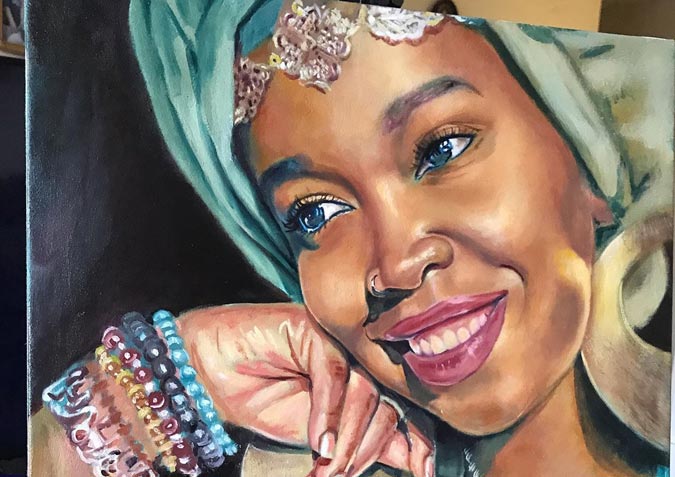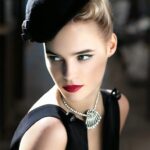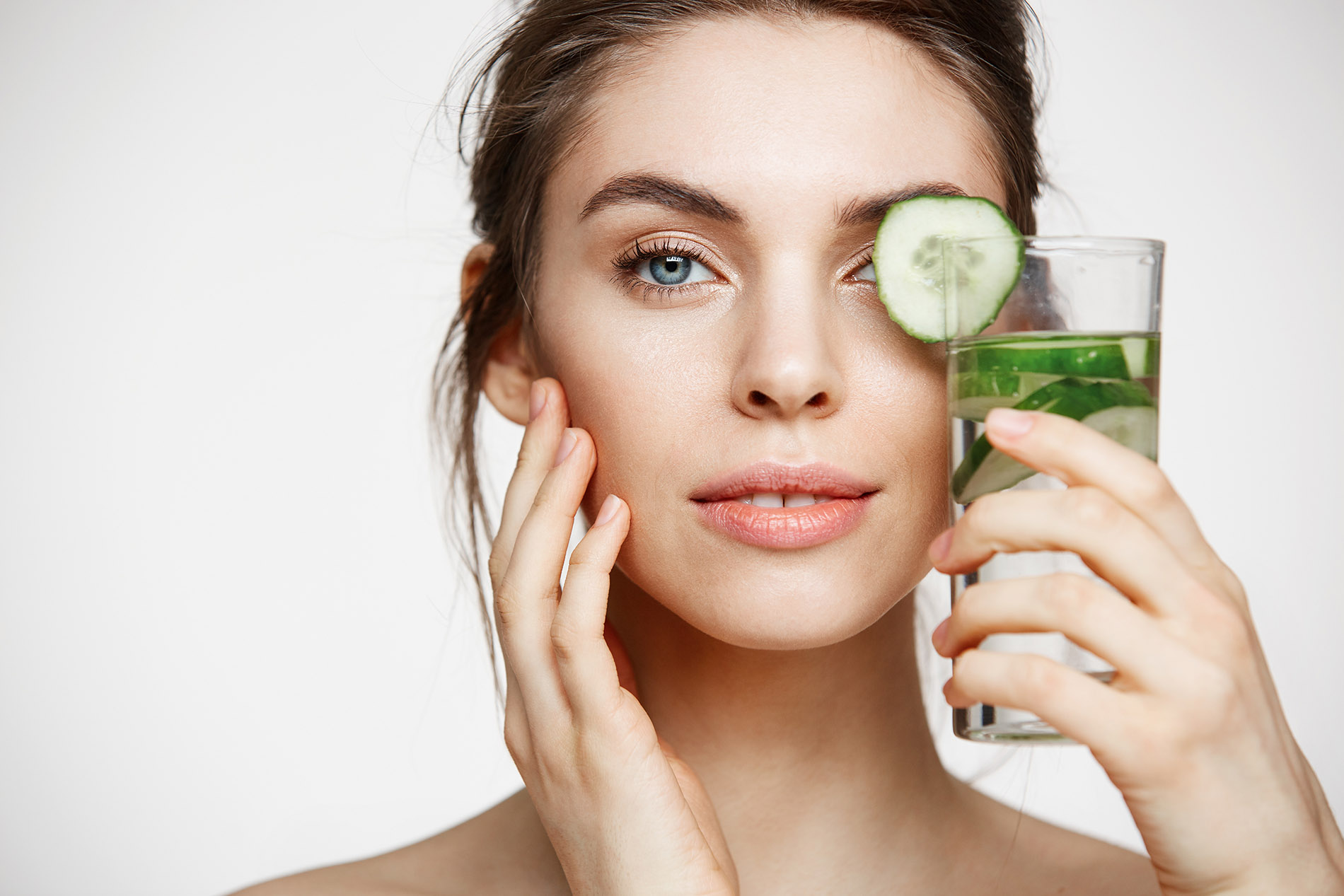Art has always played a significant role in representing beauty throughout history. From ancient civilizations to modern art movements, the representation of beauty has evolved and influenced the perception of beauty standards. In this article, we will explore the evolution of beauty standards in art throughout history, the importance of understanding the representation of beauty in art, and the potential impact of art on promoting inclusivity and diversity in beauty.
Ancient Beauty Standards
The beauty standards of ancient civilizations were influenced by cultural and social factors. In ancient Egypt, for example, the standard of beauty emphasized symmetry and proportion, with men and women alike being depicted with perfect physical features. In ancient Greece, the ideal of beauty was associated with physical strength, and athletic figures were considered the epitome of beauty.
The representation of beauty in ancient art was a reflection of these beauty standards, with perfect physical features and proportionate body types being depicted in sculpture, paintings, and other artworks. The cultural and social significance of ancient beauty standards is also reflected in the use of art in religious and social contexts.
Renaissance Beauty Standards
The Renaissance period marked a significant shift in beauty standards, with a greater emphasis on naturalism and realism. The ideal of beauty in the Renaissance was associated with a perfect balance between physical and spiritual beauty. This shift in beauty standards is reflected in the representation of beauty in Renaissance art, with a focus on naturalism, perspective, and the human form.
Beauty in Modern Art
Modern art movements such as Impressionism, Cubism, and Surrealism challenged traditional beauty standards, introducing new and unconventional ways of representing beauty. These movements rejected the traditional notion of beauty as perfection and instead embraced the beauty in imperfection and the unconventional. The representation of beauty in modern art was a reflection of these new standards, with artists exploring new forms, colors, and styles.
Beauty and Representation in Contemporary Art
Contemporary art has placed a greater emphasis on representation and diversity, challenging traditional beauty standards and promoting inclusivity. Many contemporary artists focus on representing diverse body types, skin tones, and other features, promoting a more realistic and inclusive standard of beauty.
The Intersection of Beauty and Art
The role of art in shaping beauty standards is significant, as art reflects and shapes cultural and social norms. The relationship between beauty and representation in art is also crucial in promoting inclusivity and diversity in beauty. By representing diverse body types, skin tones, and features, art can promote a more realistic and inclusive standard of beauty.
Conclusion
Art has played a significant role in representing beauty throughout history, influencing the perception of beauty standards. The evolution of beauty standards in art reflects changes in cultural and social norms, and the representation of beauty in art has the potential to promote inclusivity and diversity in beauty. By understanding the representation of beauty in art, we can appreciate the cultural and social significance of beauty standards and promote a more inclusive and empowering standard of beauty for all.





